
- Source: I-D
- Author: MISS ROSEN
- Date: SEPTEMBER 22, 2021
- Format: ONLINE
Dash Snow’s black-and-white photos take us inside his nihilistic world
In his first posthumous gallery exhibition, we see a different side to the legendary New York graffiti artist.
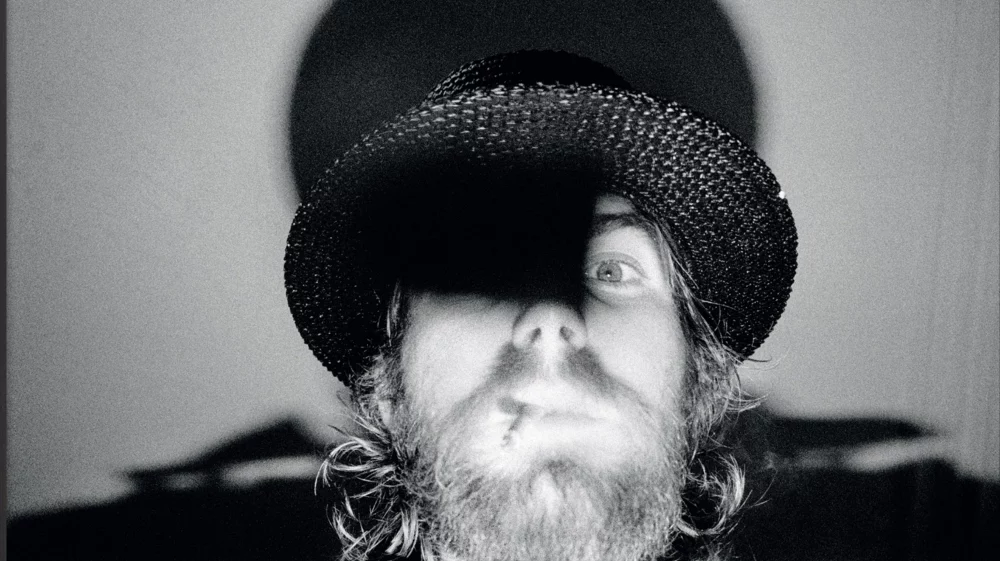
Dash Snow Untitled (Self-portrait with Cigarette), 2009. Courtesy of the Dash Snow Archive, NY and Morán Morán
A mythic figure in every sense of the word, Dash Snow evoked the romantic archetype of the rebel who sacrificed everything, including, ultimately, his own life. A member of the 27 Club, Dash died from a A mythic figure in every sense of the word, Dash Snow evoked the romantic archetype of the rebel who sacrificed everything, including, ultimately, his own life. A member of the 27 Club, Dash died from a drug overdose in 2009, just as his star was on the rise.
Born Dashiell Snow on the 27th of July 1981, Dash was the great-grandson of French aristocrats and art collectors Dominique and John de Menil, founders of the Menil Collection museum and the Rothko Chapel, a chapel and work of modern art home to 14 paintings by Mark Rothko, both in Houston. An anti-authoritarian to the core, Dash rebelled against his parents and was sent away to a boarding school for troubled youth. After getting out, he fled to New York during the 1990s and 00s — the last gasp of the city’s once-legendary libertine age — and quickly fell in with the city’s demi-monde.
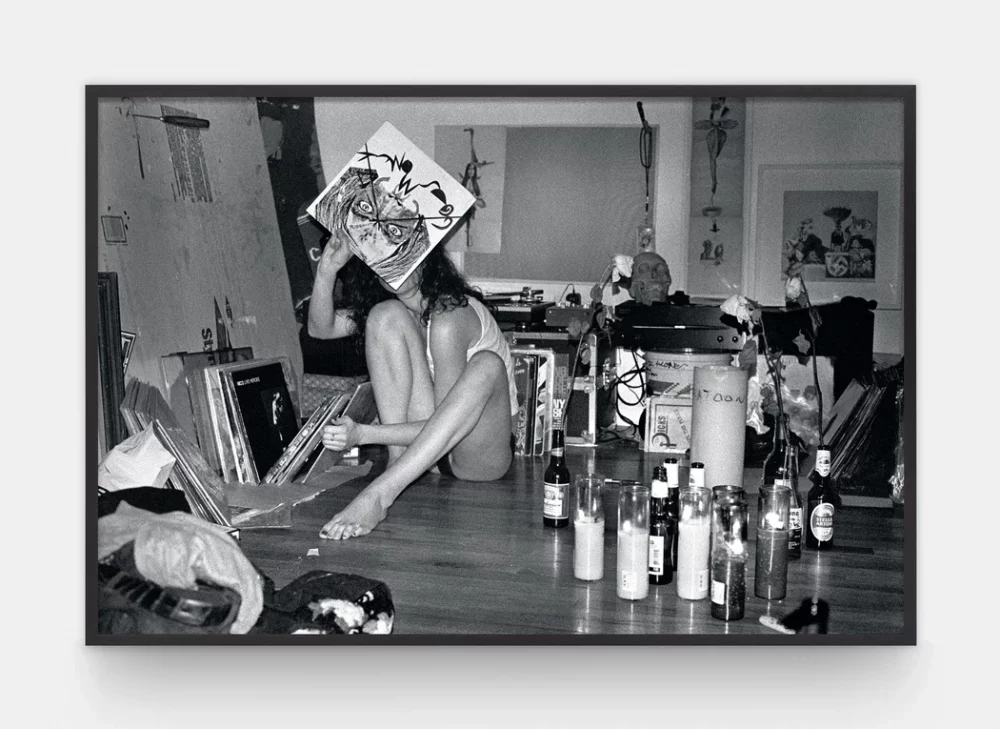
DASH SNOW UNTITLED (GANG GANG DANCE), 2006. COURTESY OF THE DASH SNOW ARCHIVE, NY AND MORÁN MORÁN
As a member of the legendary graffiti crew IRAK, Dash was an integral figure on the downtown scene. His exploits became the stuff of legend alongside a wild cast of characters. The quintessential renegade, Dash embodied the ethos of sex, drugs, and rock ‘n’ roll as he charted his way from the upper echelons of society to the streets, refusing to play by the rules. But the very world he disdained loved him for his insouciance, catapulting him to art star for his antics — like sperm and glitter-encrusted collages of Saddam Hussein or the “hamster nests” whereby rooms would be entirely destroyed, made ritualistically with friend Dan Colen in hotels and later galleries.
In what would have been his 40th year, Morán Morán and the Dash Snow Estate have organised DASHCAM – Dash Snow: Photographs of Life, the artist’s first posthumous gallery exhibition in the United States. Guest curated by Matthew Higgs, director and chief curator of White Columns, New York, the exhibition focuses on Dash’s lesser-known black-and-white 35mm photography.
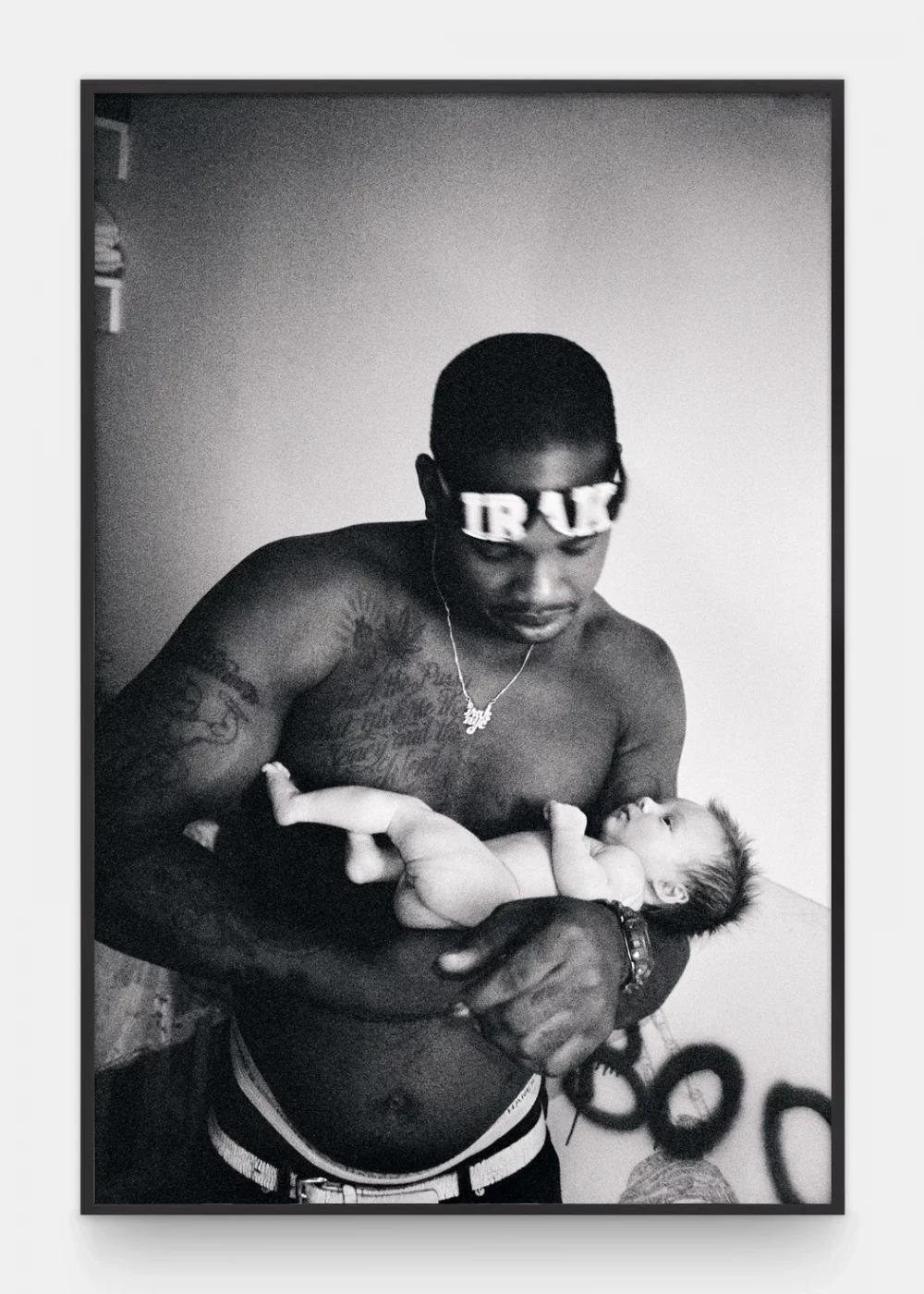
DASH SNOW UNTITLED (KUNLE AND SECRET), 2007. COURTESY OF THE DASH SNOW ARCHIVE, NY AND MORÁN MORÁN
As the talons of gentrification began to tear New York to shreds, Dash maintained his edge, capturing the debauched decadence in work spanning a wide array of genres of graffiti, photography, collage, assemblage, sculpture, installation and zines. Gliding beneath the surface yet effortlessly able to impress the city’s most jaded sophisticates, Dash understood the power of performance, becoming as notorious for his art as he was for his way of life.
Friends with Ryan McGinley, Terence Koh and Dan Colen, who runs the estate with Jade Berreau, artist, model, and mother of Dash’s daughter, Secret — Dash cut a distinctive figure in the city’s downtown art scene, making the cover of New York magazine alongside his compadres snuggled up in bed under the headline “Warhol’s Children.”
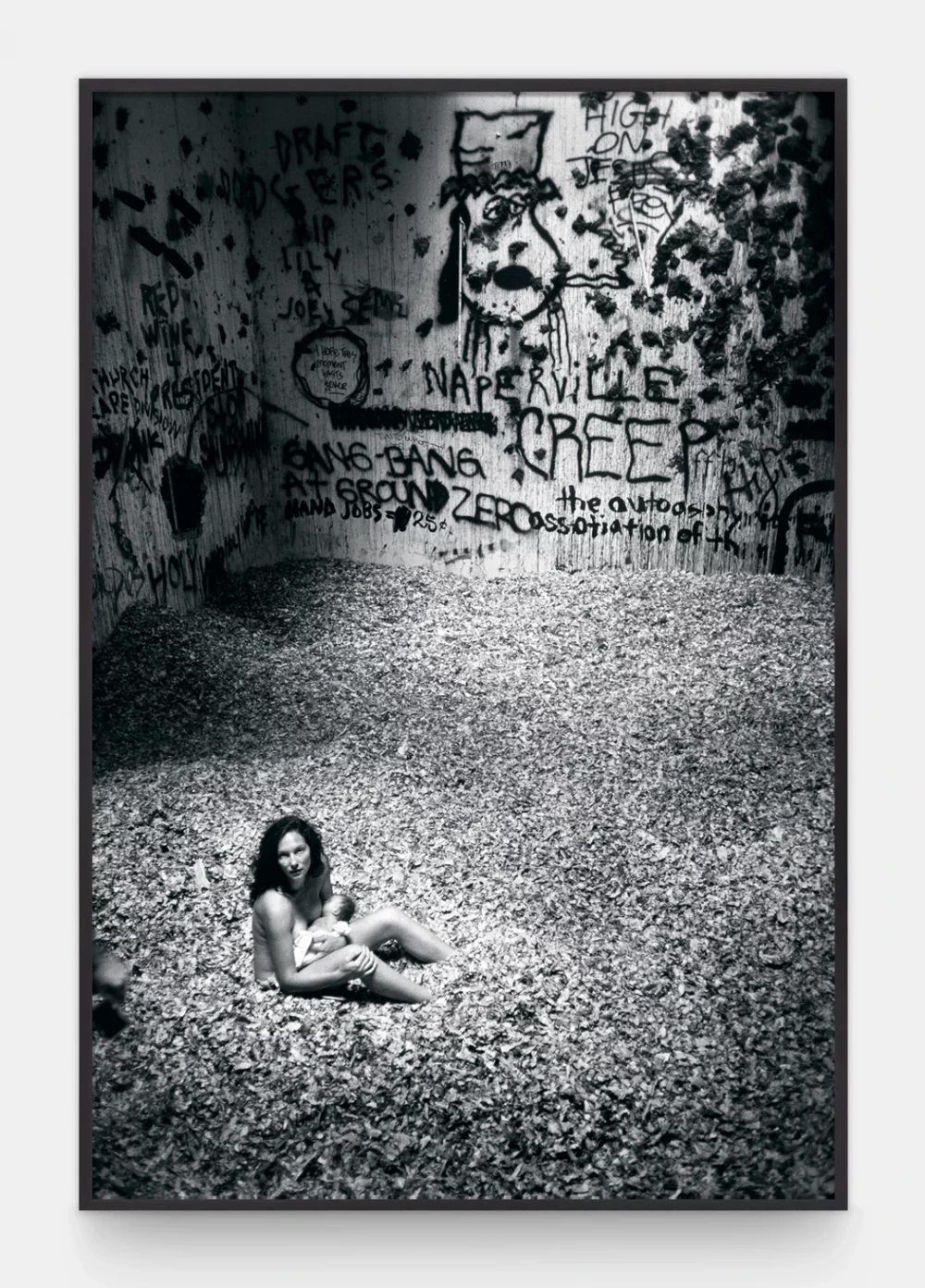
DASH SNOW UNTITLED (JADE AND SECRET NEST), 2007 . COURTESY OF THE DASH SNOW ARCHIVE, NY AND MORÁN MORÁN
“It’s evocative of a city that essentially doesn’t exist anymore,” Matthew says. “If you were a participant or an observer of that world, the sentimentality and melancholia that come are wrapped up in any portrait of New York from that time. Dash and his friends played a fundamental role [in that era] and our subsequent mythology that often proceeds his work.”
Much like the Buddhist parable of the blind men and the elephant, one’s perception of Dash was shaped by the parameters of their relationship. “He was so many things to so many different people that it’s really hard to understand him as a complete person,” explains actor and artist Leo Fitzpatrick in Cheryl Dunn’s 2020 documentary, Moments Like This Never Last. “You only go one part of it, whereas somebody else might have got another part.”
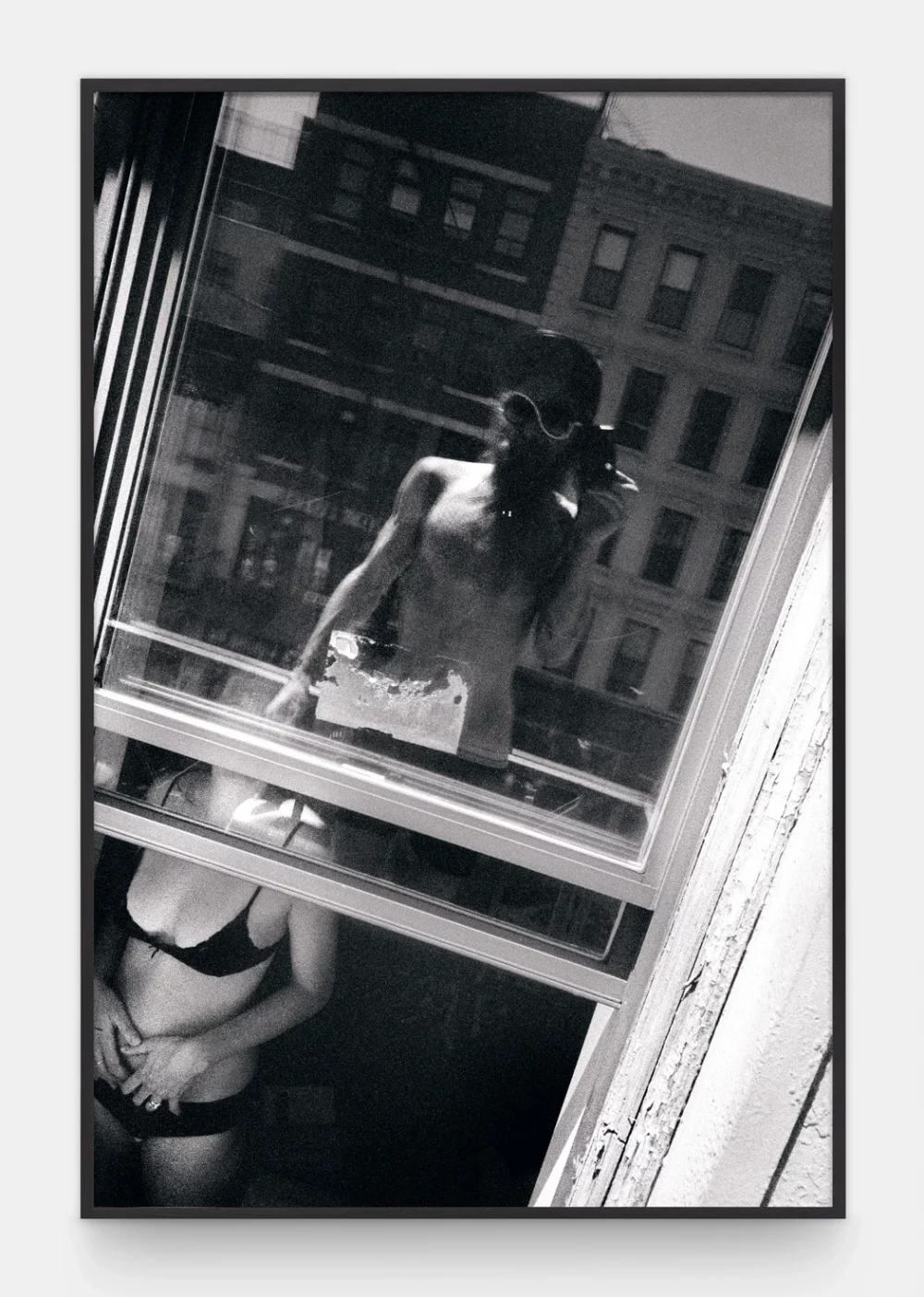
DASH SNOW UNTITLED (WINDOW), 2007 , COURTESY OF THE DASH SNOW ARCHIVE, NY AND MORÁN MORÁN
The consummate performer, Dash explored notions of self on both sides of the camera so effortlessly that it becomes hard to pin him down. He was his own construction, ever-shifting so that the only constant was change. Dash’s photographs read like fragments of verse; pieces feel interconnected but do not necessarily fit. Taken individually — like the single frame on a roll of film — they seem distinct and perhaps wholly unconnected, until placed together so a bigger picture can emerge.
With DASHCAM, Matthew seeks to reimagine and expand the ways in which we consider Dash, the artist and the man. Situating Dash’s 35mm black-and-white photography within the practices of Larry Clark, Nan Goldin, William Eggleston, Ryan McGinley, and Japanese photographers from the 60s and 70s like Daidō Moriyama, Matthew recognised the emergence of what he describes as an “urban pastoral”.
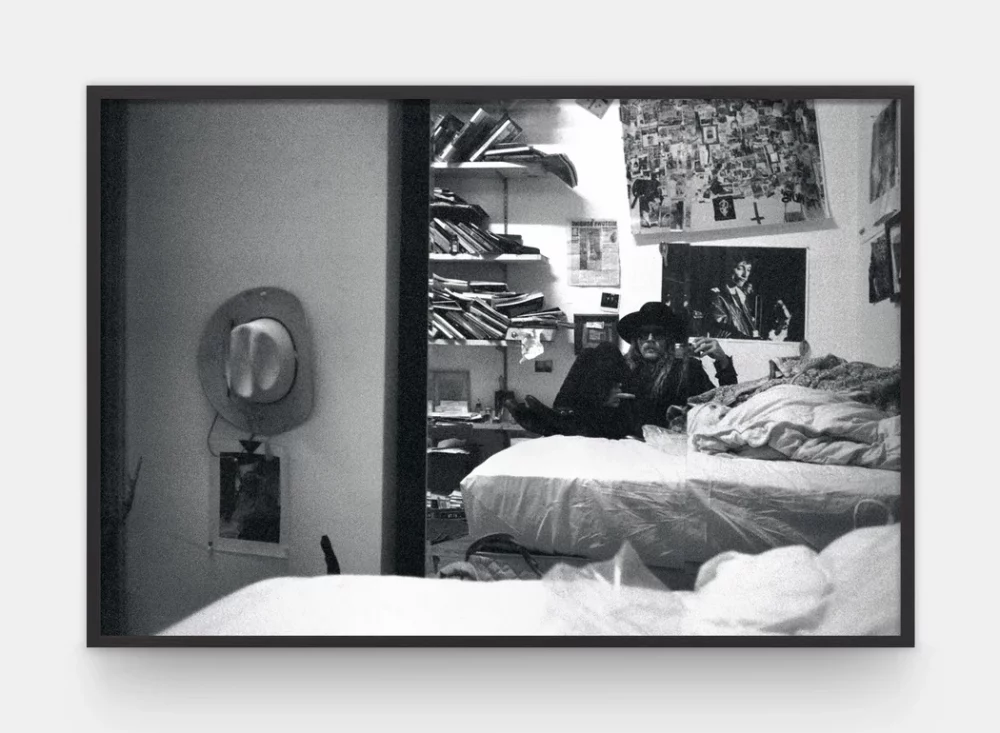
DASH SNOW UNTITLED (SELF-PORTRAIT IN BEDROOM), 2008 , COURTESY OF THE DASH SNOW ARCHIVE, NY AND MORÁN MORÁN
“His photography works within an existing history of the medium. It occupies a space of intimacy because he was a part of the social cultures that he documented,” says Matthew. “At the same time, there is a relationship with the psychological and emotional spaces of the nocturnal. I selected a number of landscapes, which might not be what people think of first, but they are very poignant juxtaposed with the intimate pictures of him with Jade, Secret, and his friends.”
Avoiding the clichés traditionally associated with the image of the outlaw artist, Matthew adopts a classical approach to curating DASHCAM, offering a vantage point previously unseen. “The black-and-white photographs have a timeless, elusive quality,” Matthew says. “I think that’s to their strength because they don’t seem to describe New York circa 2004. There’s something that’s much more universal and a more personal way of looking that’s present in his photograph of Jade with Secret.”
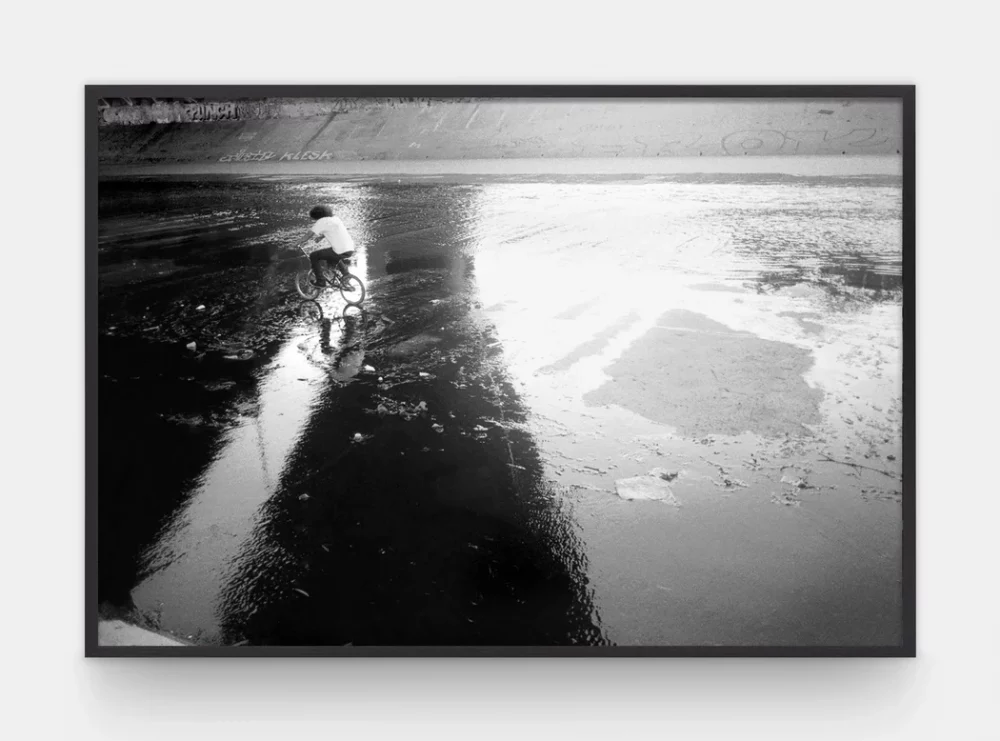
DASH SNOW MY FRIEND JAMAL DUVALL, 2006 , COURTESY OF THE DASH SNOW ARCHIVE, NY AND MORÁN MORÁN
Although the exhibition focuses on Dash’s black-and-white vignettes, there will be a single colour image in the show: a portrait of Secret. Matthew likens to Andrei Rublev, a 1966 Russian drama about the religious icon painter turned monk. “It’s shot in black-and-white for three hours, and then, in the very final few minutes of the film, you see the painted icons in colour for the first time,” he says. “It’s an extraordinary experience if you see it in the cinema, where you spent this time watching a very beautiful but sedentary film — and the very last moment is in full colour.”
Although Matthew does not explicitly say so, perhaps Dash’s greatest achievement in his brief but wondrous life was the daughter he never got to know — the baby who smiles enigmatically like the Mona Lisa as she cast her eyes upon her father in a single moment of mutual recognition. Perhaps this image symbolises the promise Dash is said to have made in his last words to Jade before his death: “Goodbye. I love you. I’ll see you in another world.”
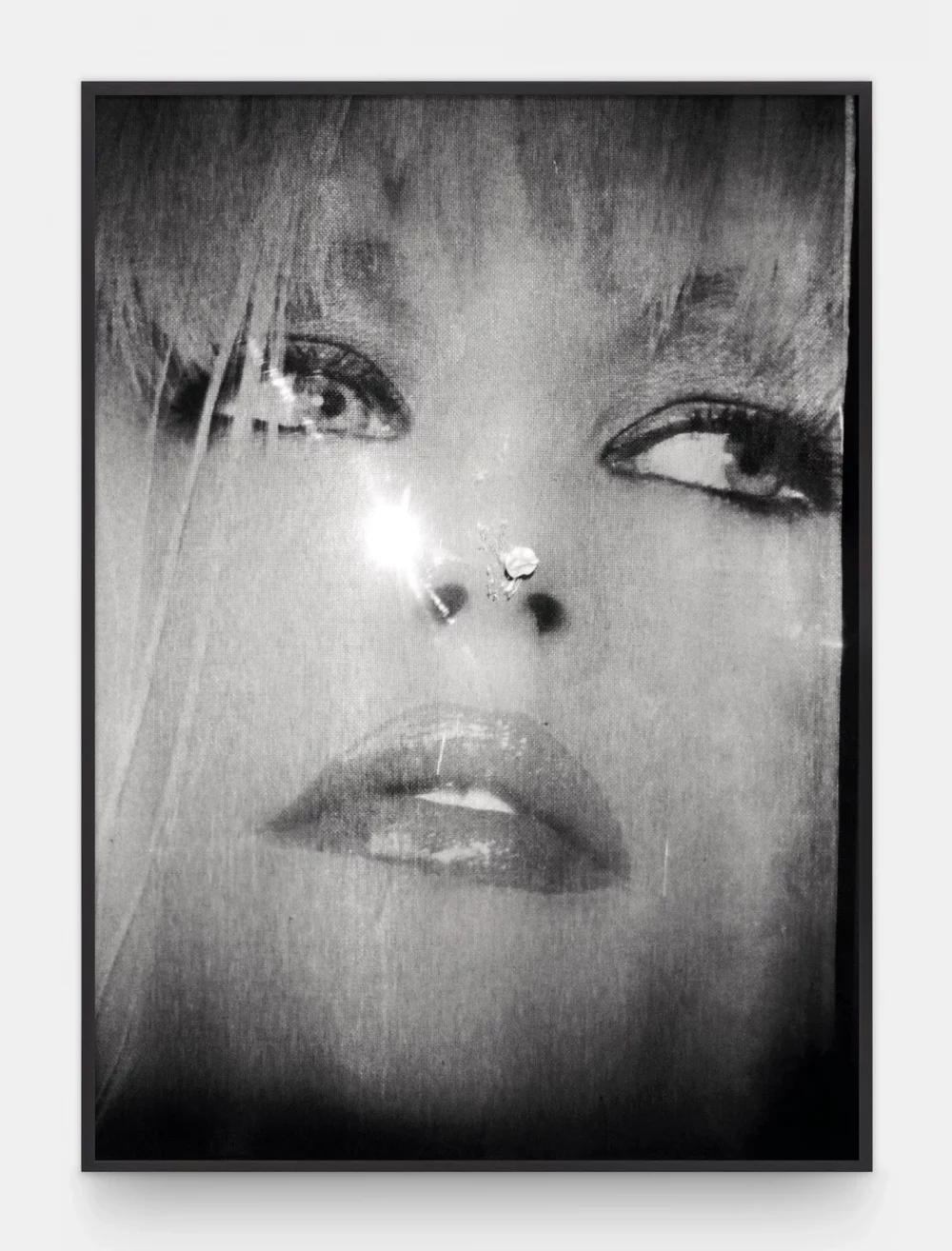
DASH SNOW UNTITLED (COCAINE NOSE), 2006 , COURTESY OF THE DASH SNOW ARCHIVE, NY AND MORÁN MORÁN

